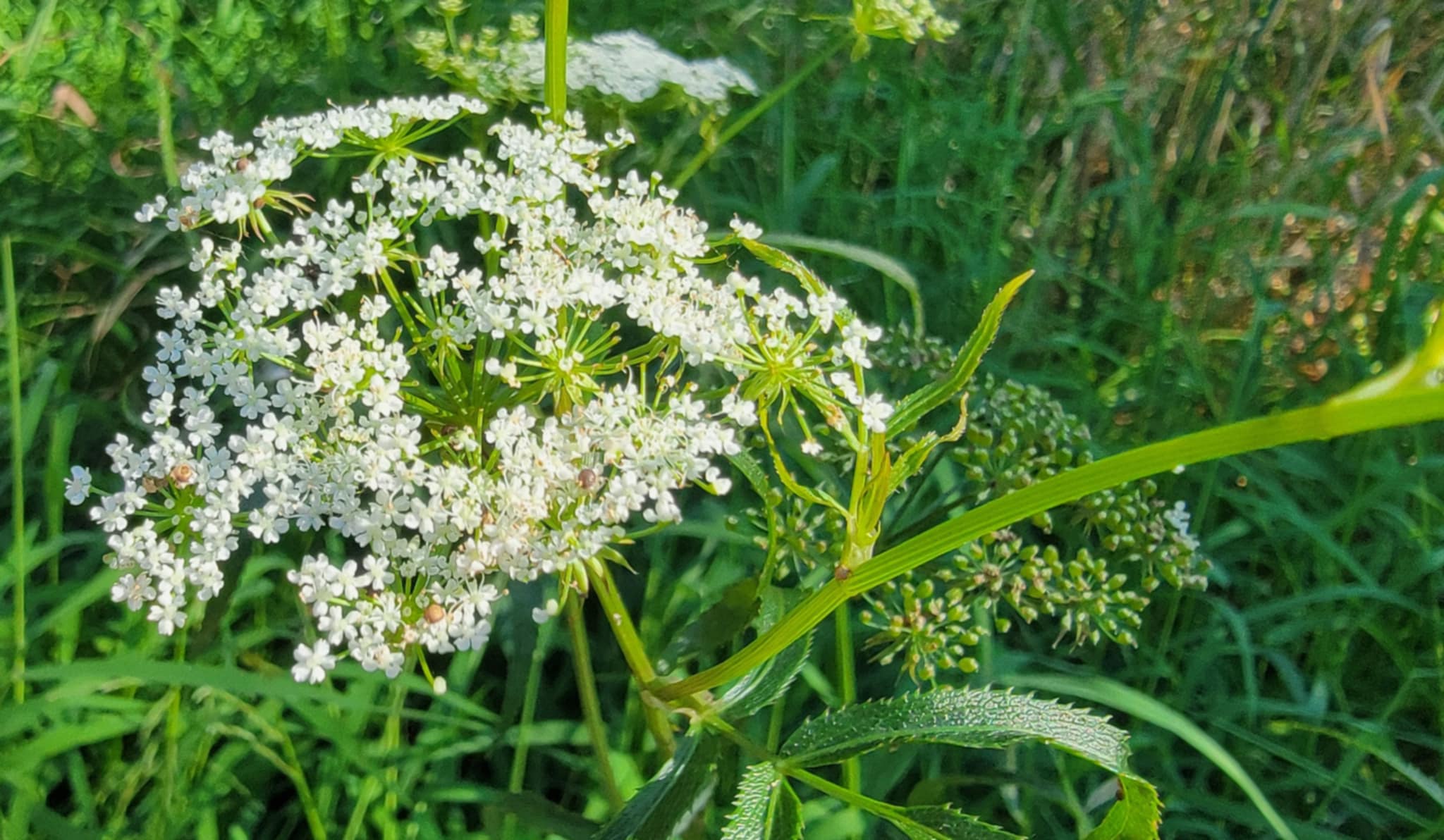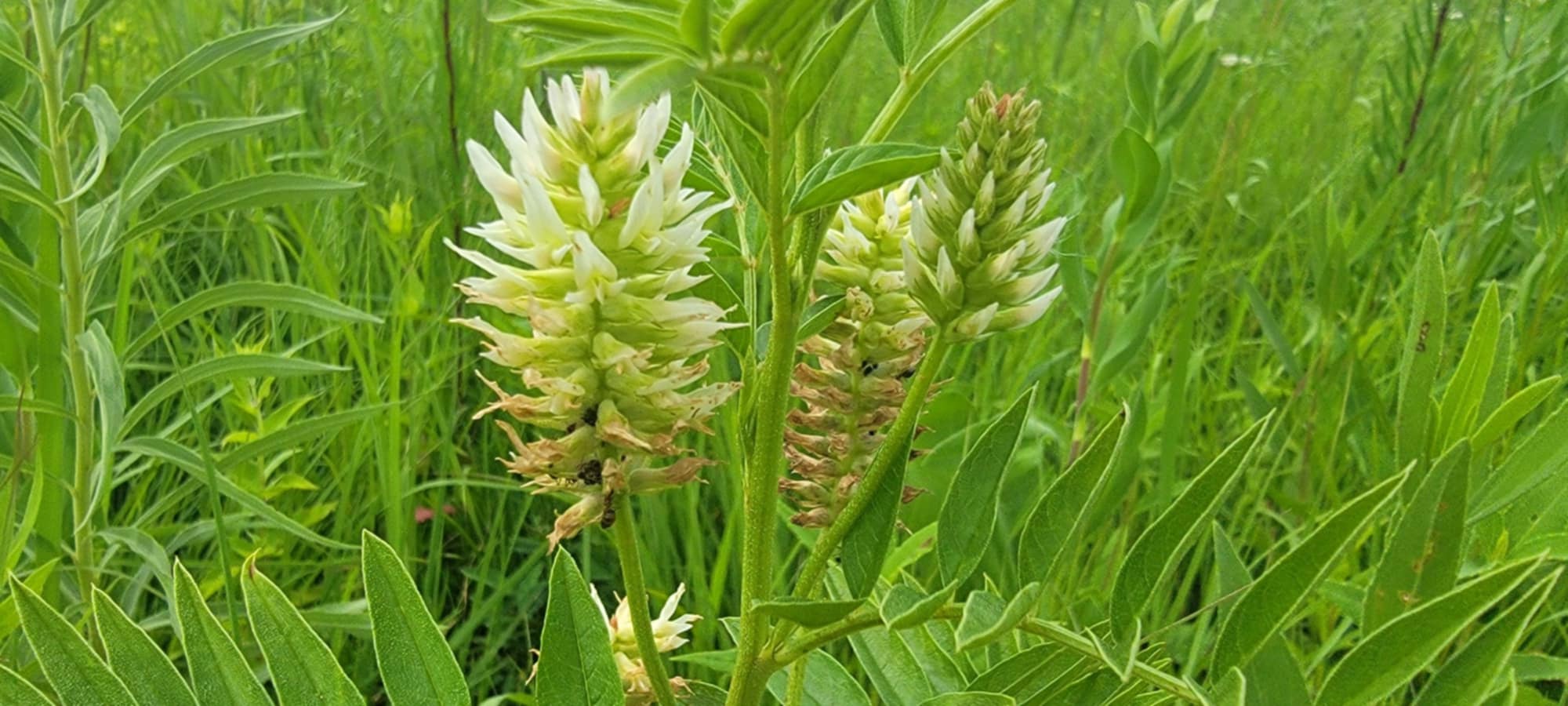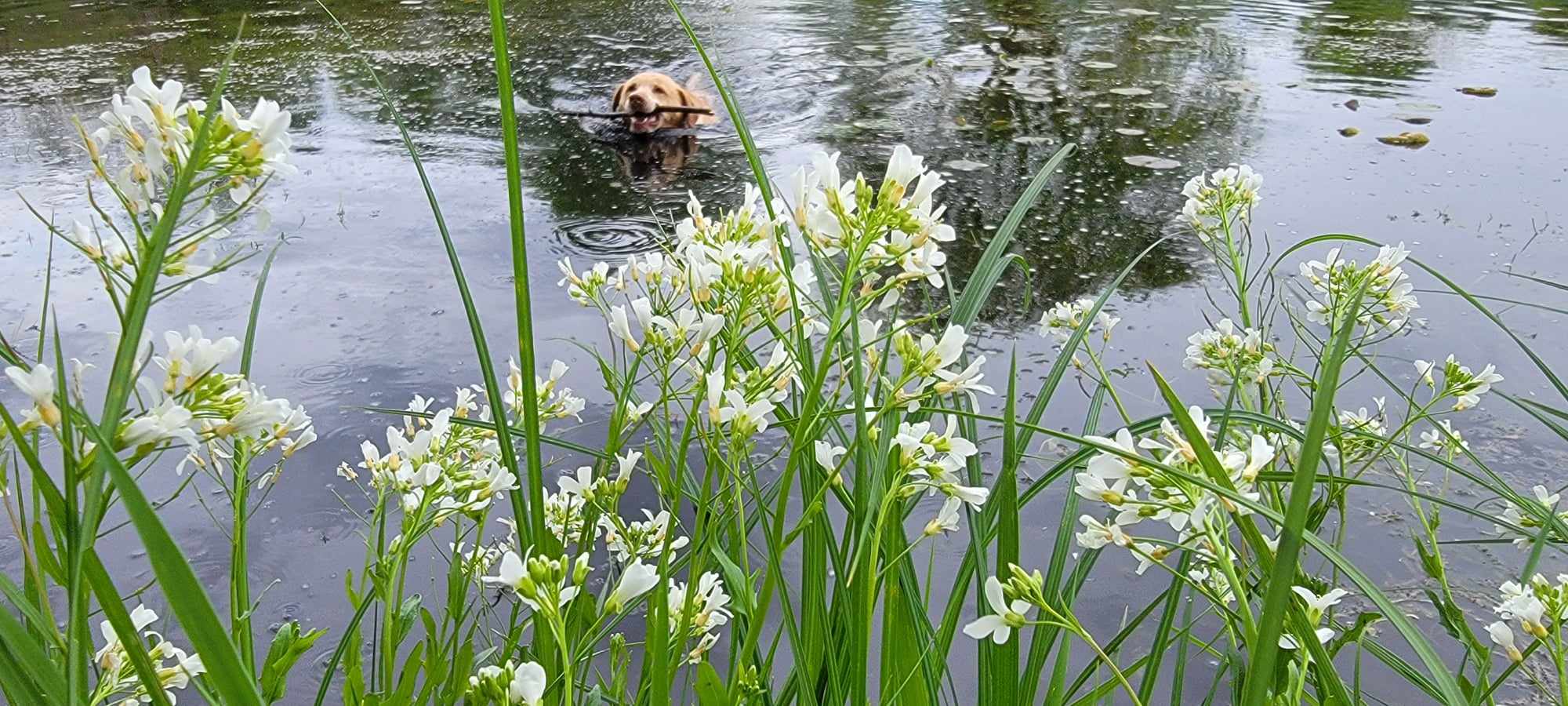Nature nerd Emily Bredthauer took the pictures enclosed below at at Eddyville Sand Prairie on June 28, 2025.
“…the joy of prairie lies in its subtlety. It is so easy—too easy—to be swept away by mountain and ocean vistas. A prairie, on the other hand, requests the favor of your closer attention. It does not divulge itself to mere passersby.” ~ Suzanne Winckler (2004, Prairie: A North American Guide)
I am quite partial to a woodland. My ears long to be enchanted by the melody of a stream. I am most comfortable and familiar with the long shadows of trees and the scampering about of squirrels. During the long summer days, that’s where the mosquitoes most want to be too. So this summer, I have been checking out some prairies.
Continue Reading...
















































